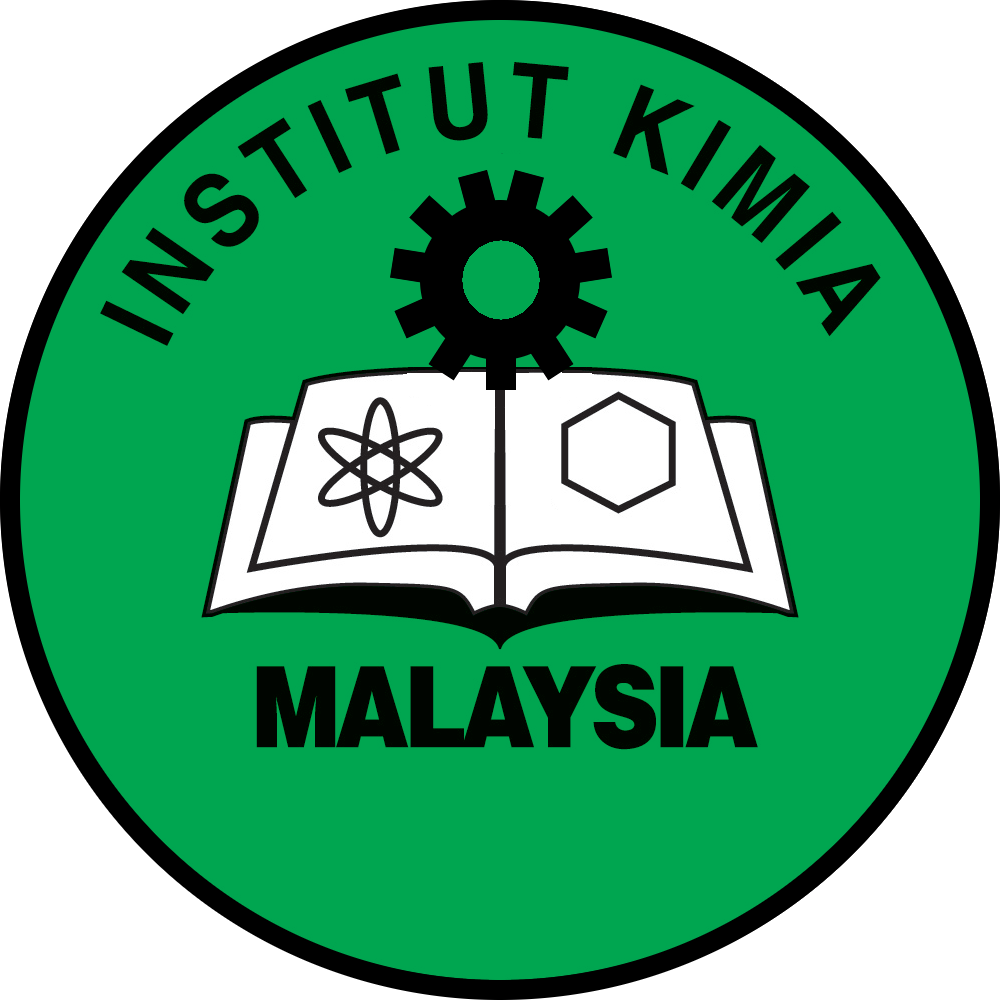Comprehensive Insights into Malaysian Stingless Bee Honey: Biodiversity, Therapeutic Benefits, and Analytical Approaches
DOI: https://doi.org/10.55373/mjchem.v27i1.61
Keywords: Stingless bee honey (SBH); therapeutic properties; biodiversity; chemical constituents; authentication methods
Abstract
Stingless bee honey (SBH), produced by diverse species of stingless bees (Meliponini), has gained significant attention for its unique chemical composition and therapeutic properties. Unlike honey produced by traditional honeybees, SBH contains higher concentrations of nutrients, minerals, and bioactive compounds, offering potential health benefits including anti- inflammatory, antimicrobial, antioxidant, antidiabetic, and wound-healing properties. This review presents comprehensive insights into the biodiversity, therapeutic benefits, and chemical constituents of Malaysian SBH, with a focus on its ecological and medicinal value. The most commonly farmed species in Malaysia, such as Heterotrigona itama and Geniotrigona thoracica, are highlighted for their roles in honey production and their distinct bioactive profiles. Additionally, this paper explores various analytical methods employed for SBH authentication, including physicochemical analysis, chromatographic techniques, spectroscopic methods, and DNA-based approaches. Emerging technologies, such as electronic sensors and artificial intelligence, are also discussed for their potential to improve the efficiency and accuracy of SBH quality control and discrimination. This review serves as a valuable resource for researchers and industry stakeholders, encouraging further studies into SBH's potential applications in healthcare and the food industry.
